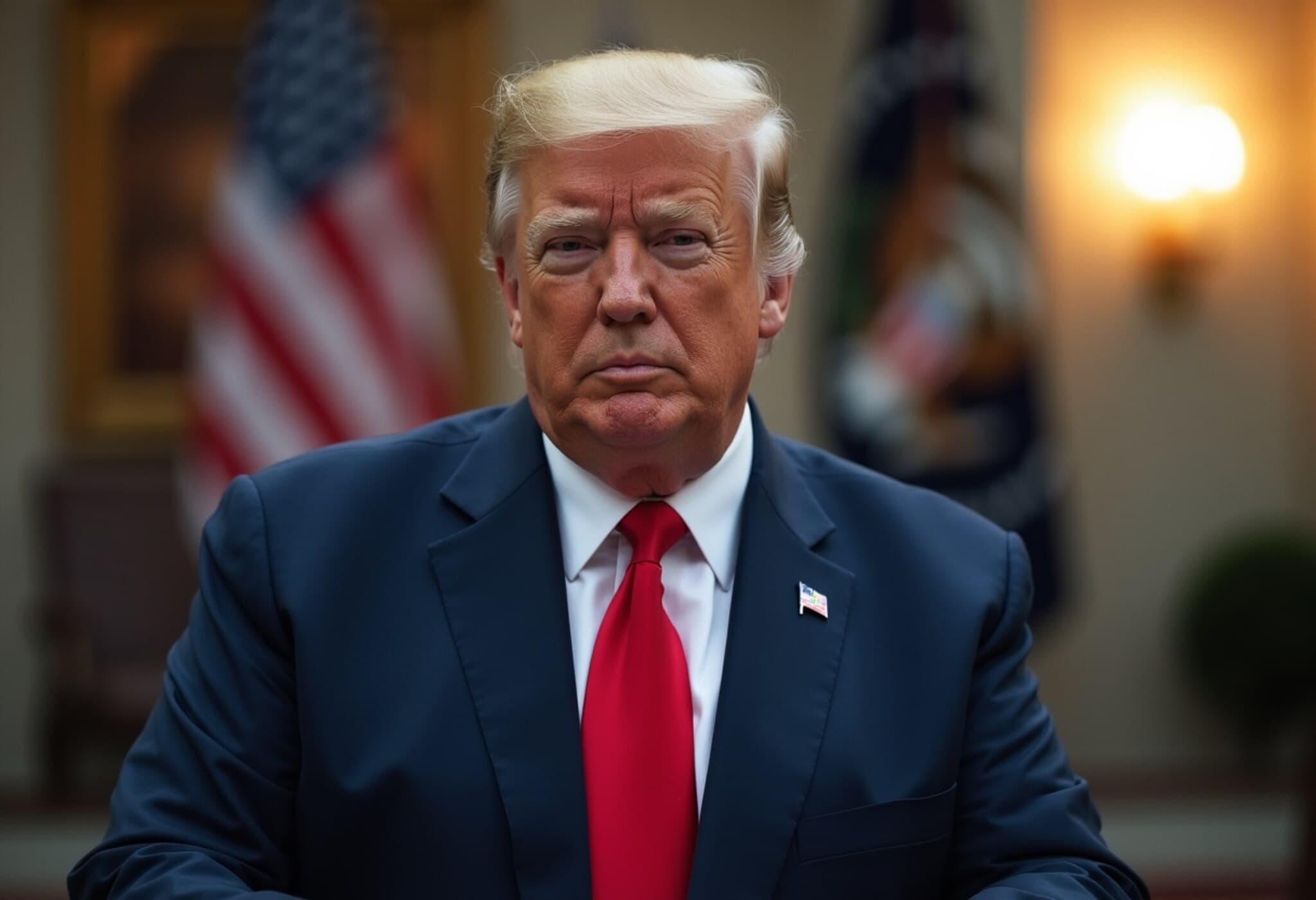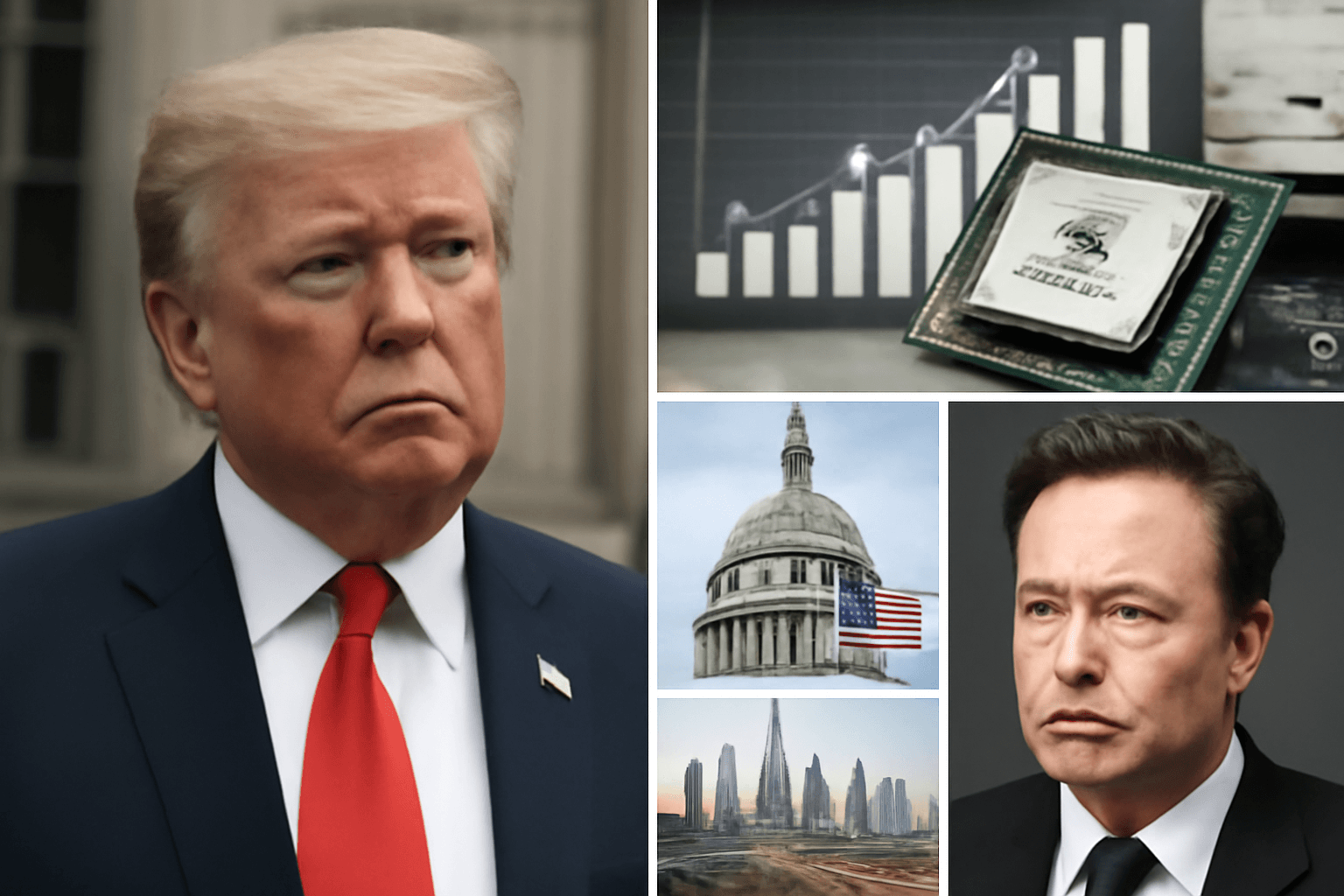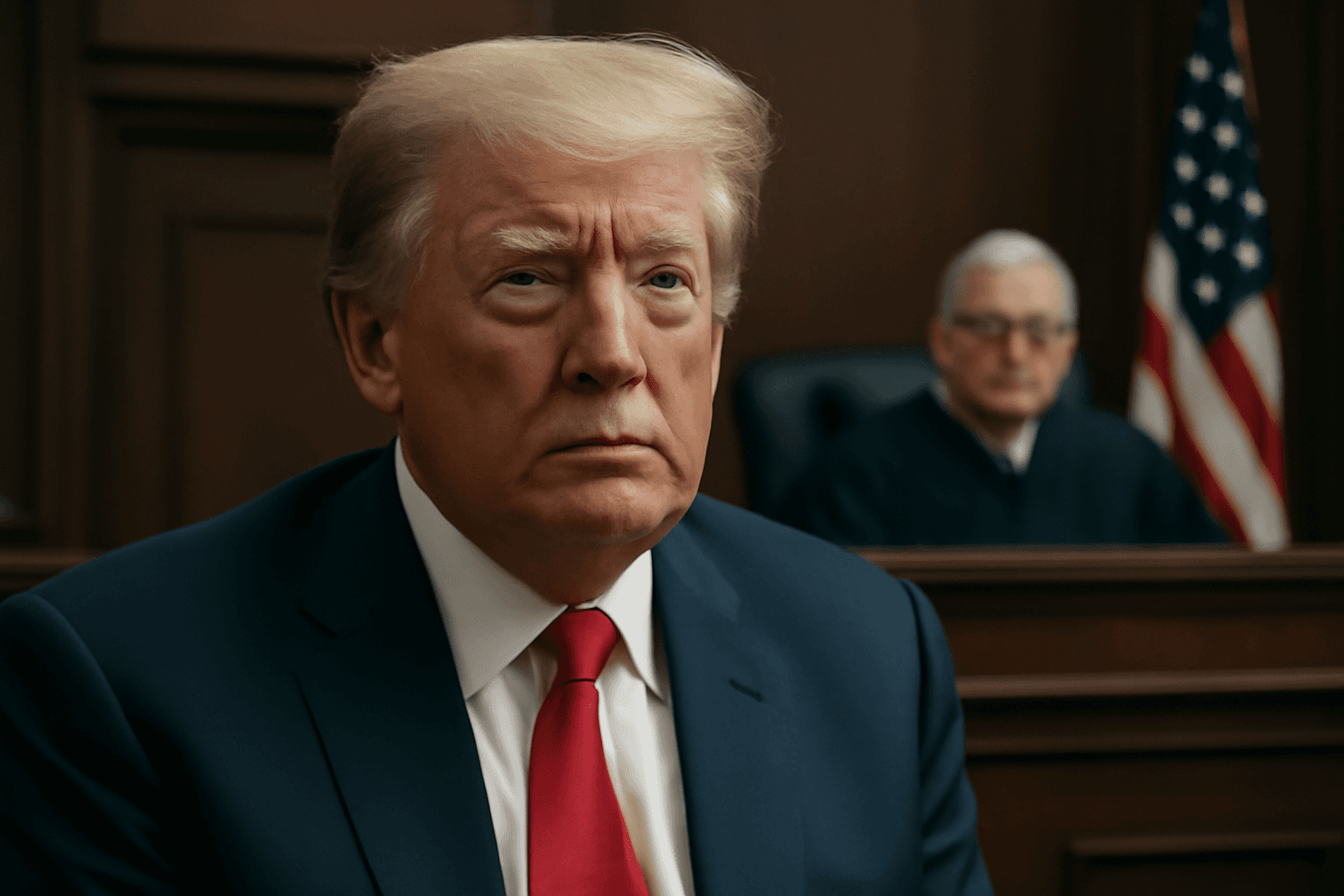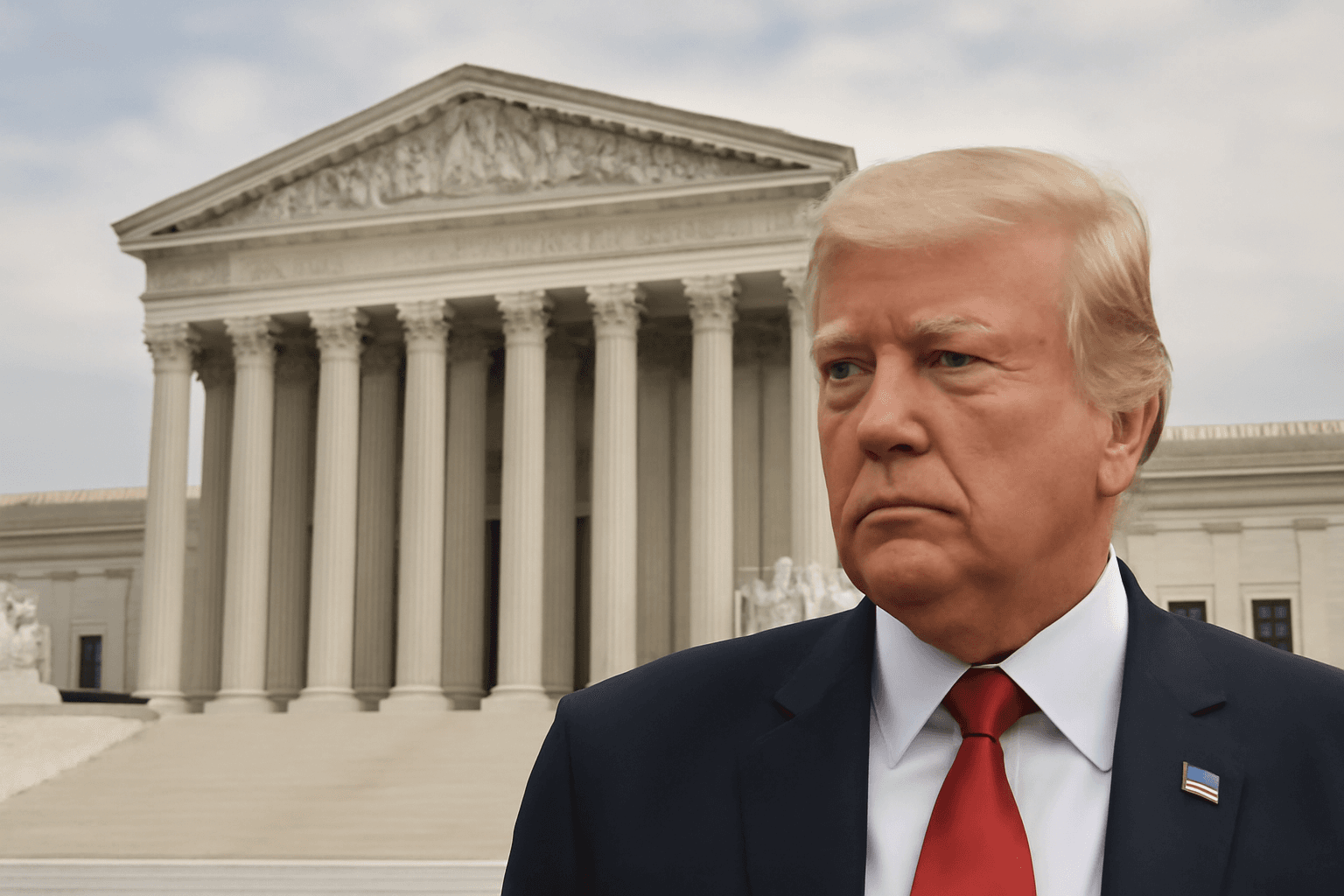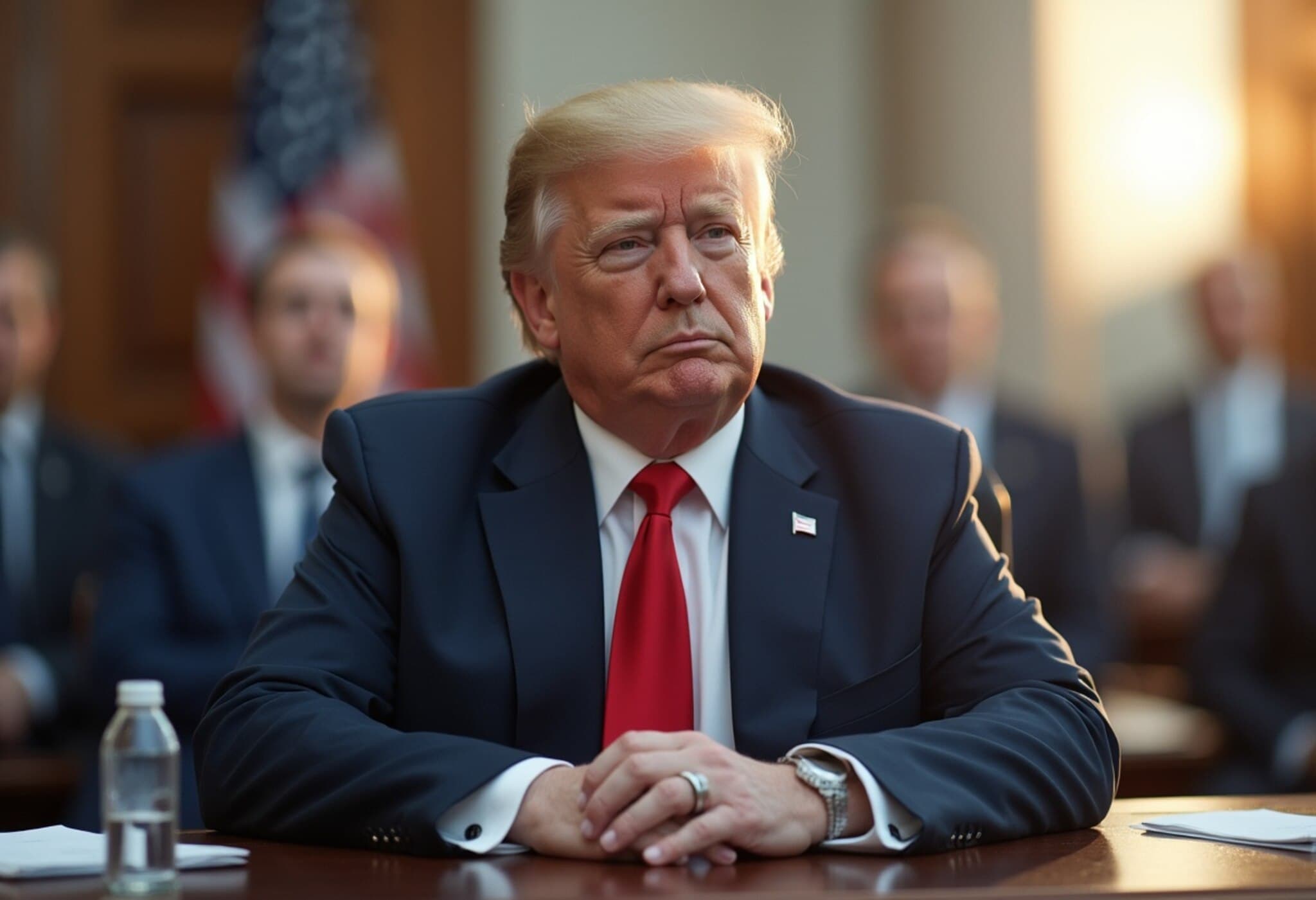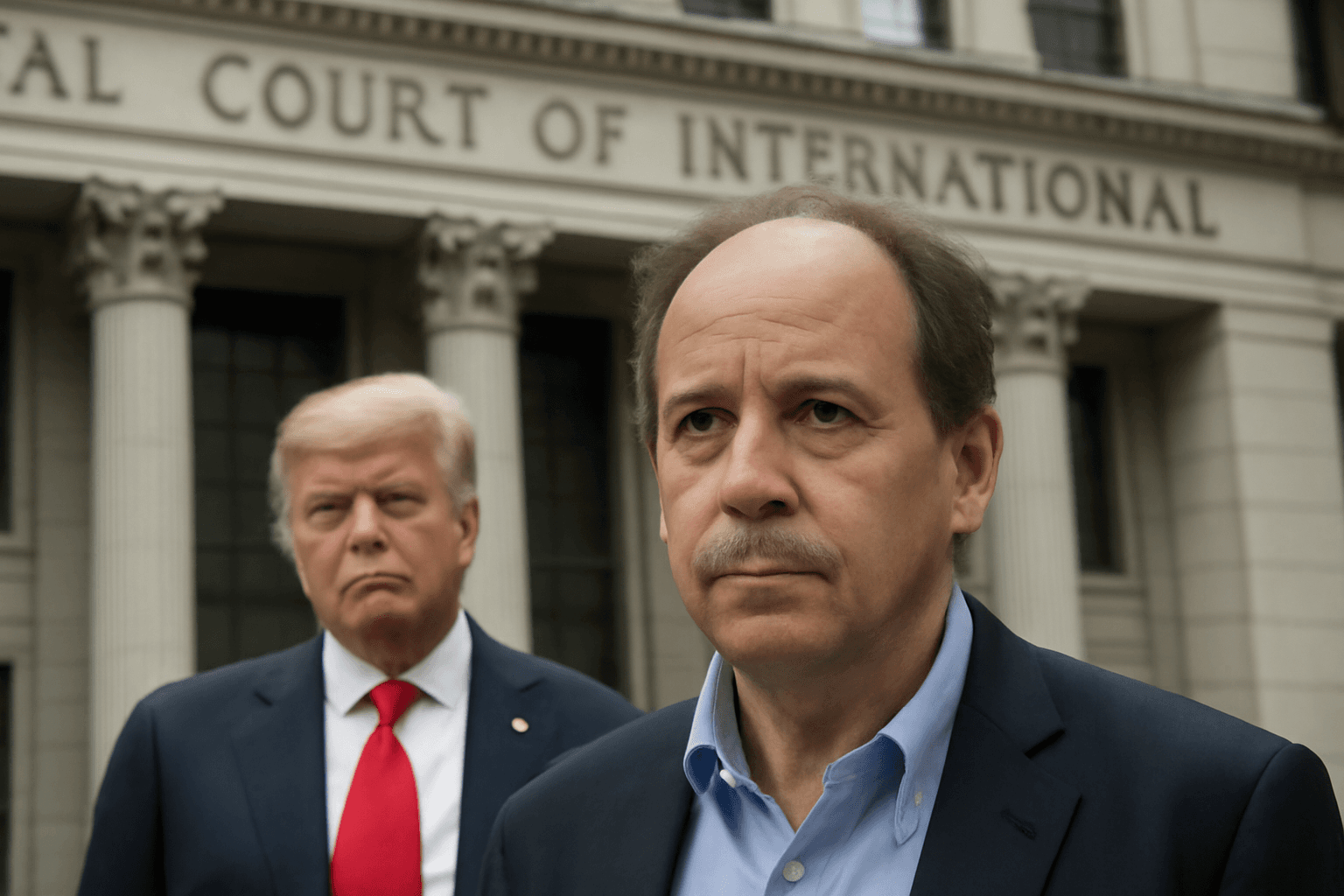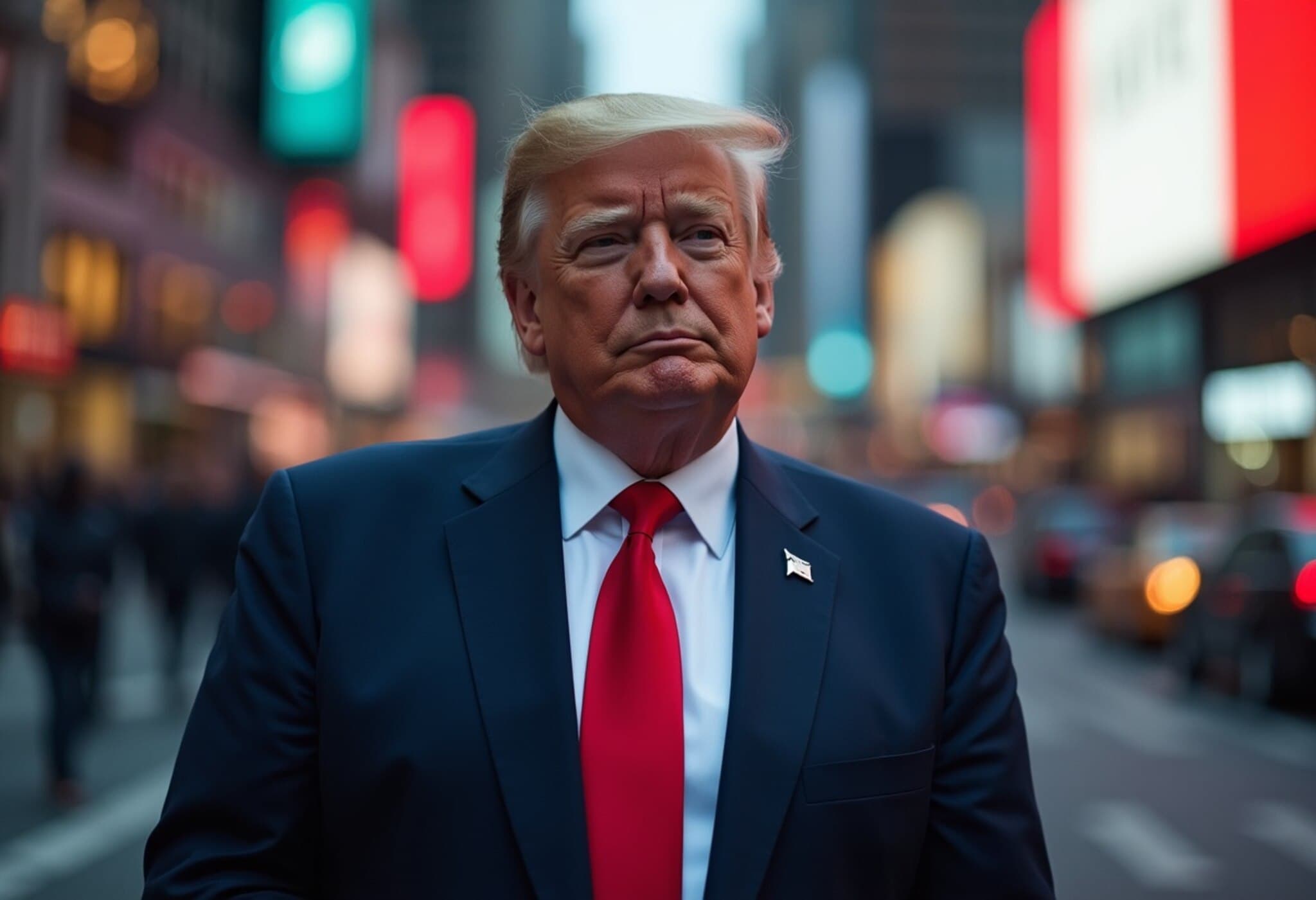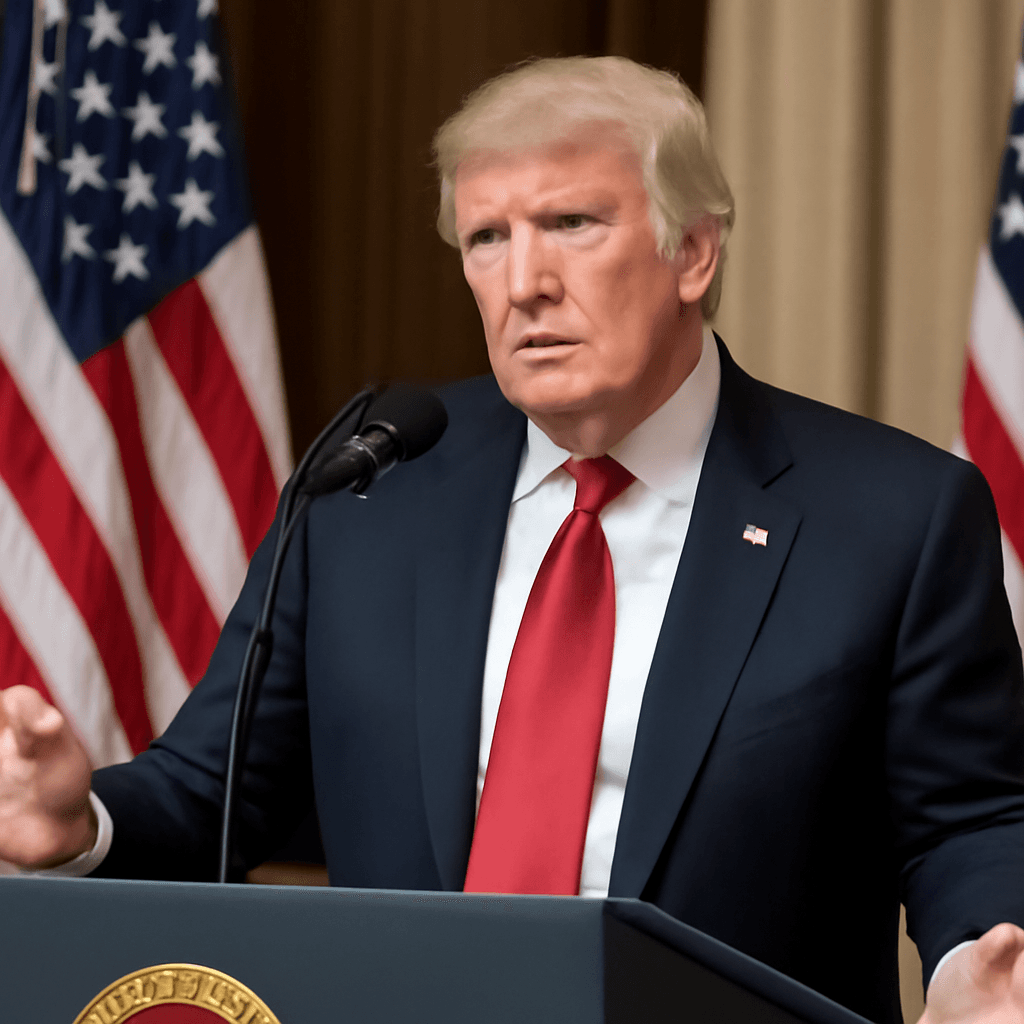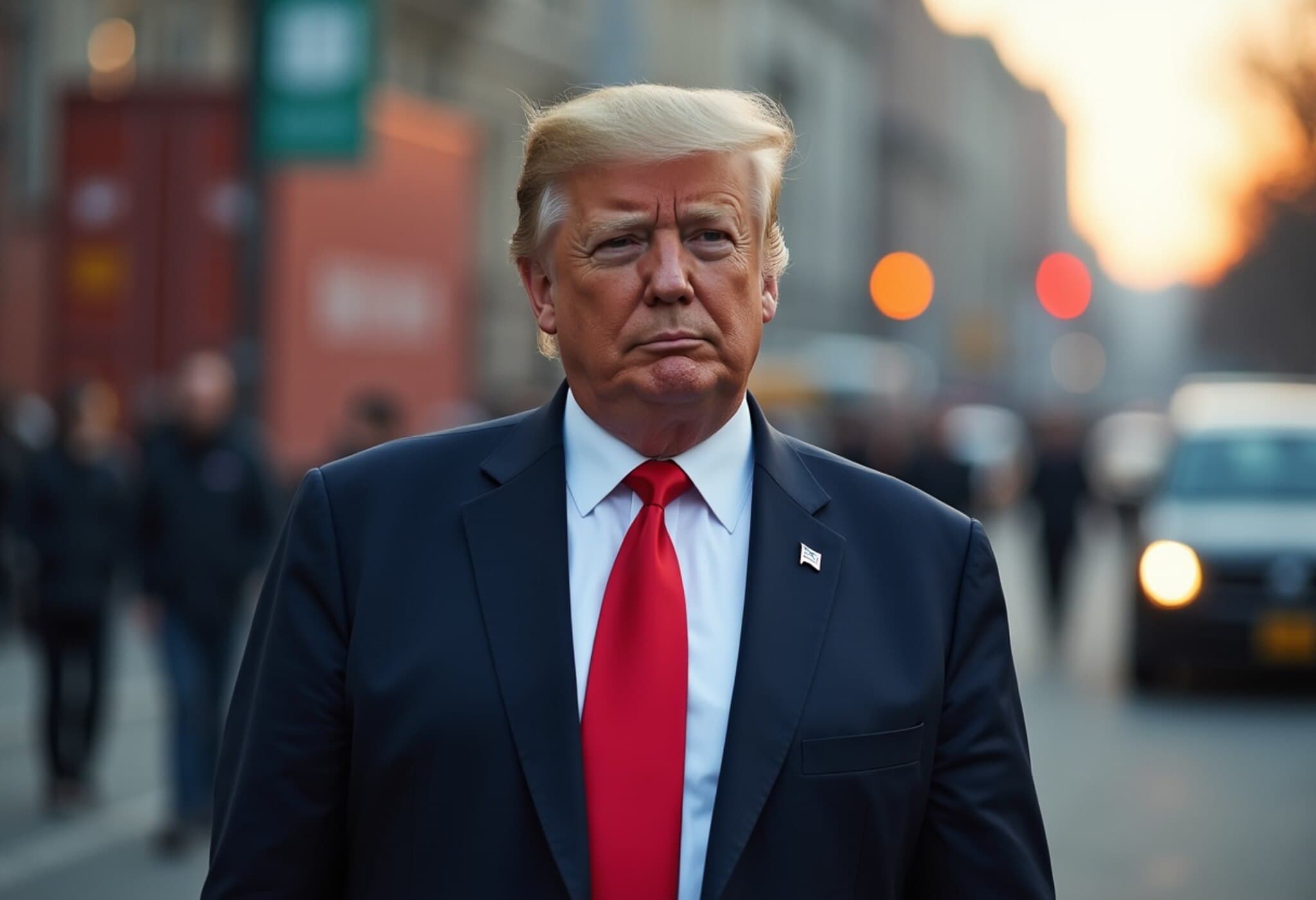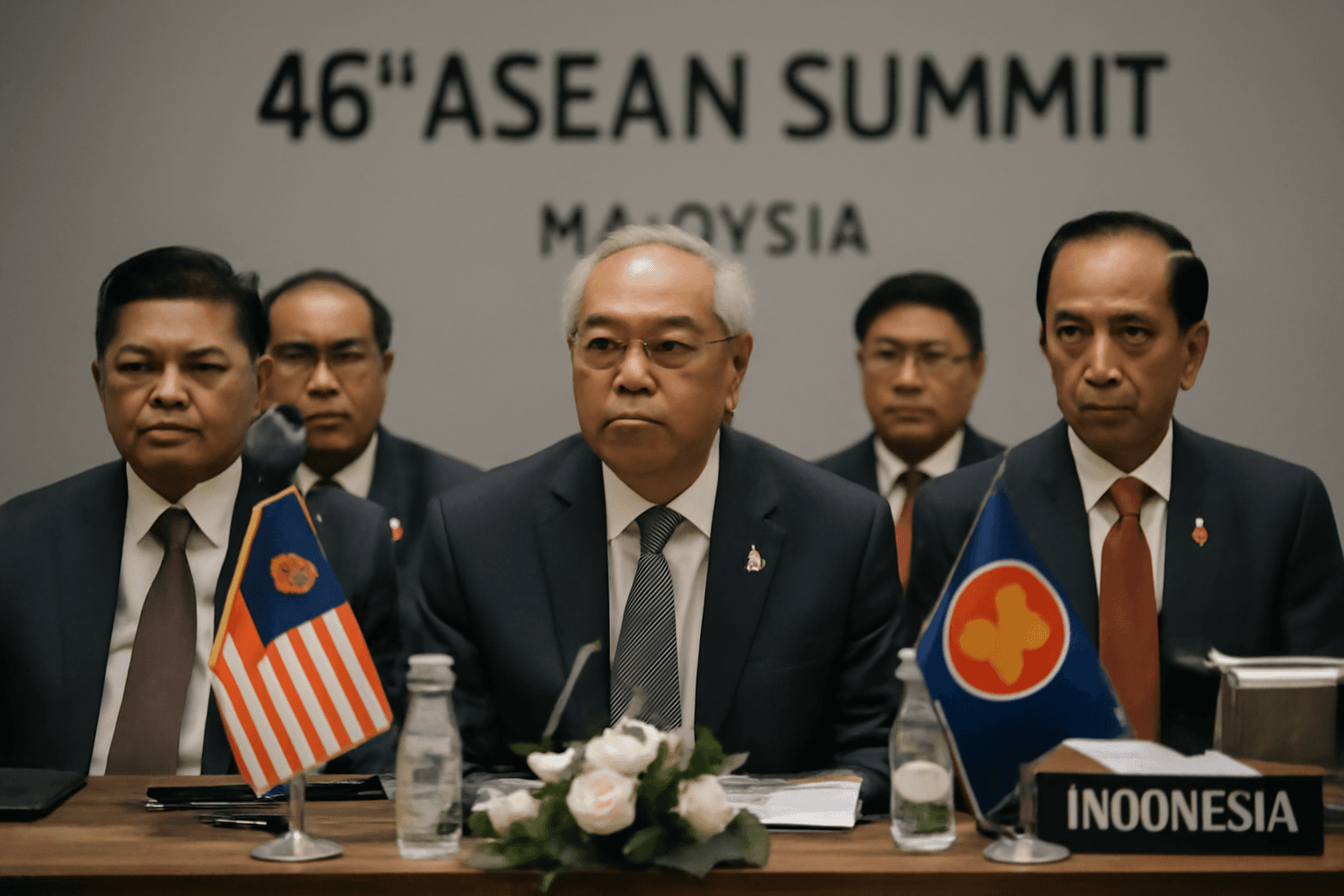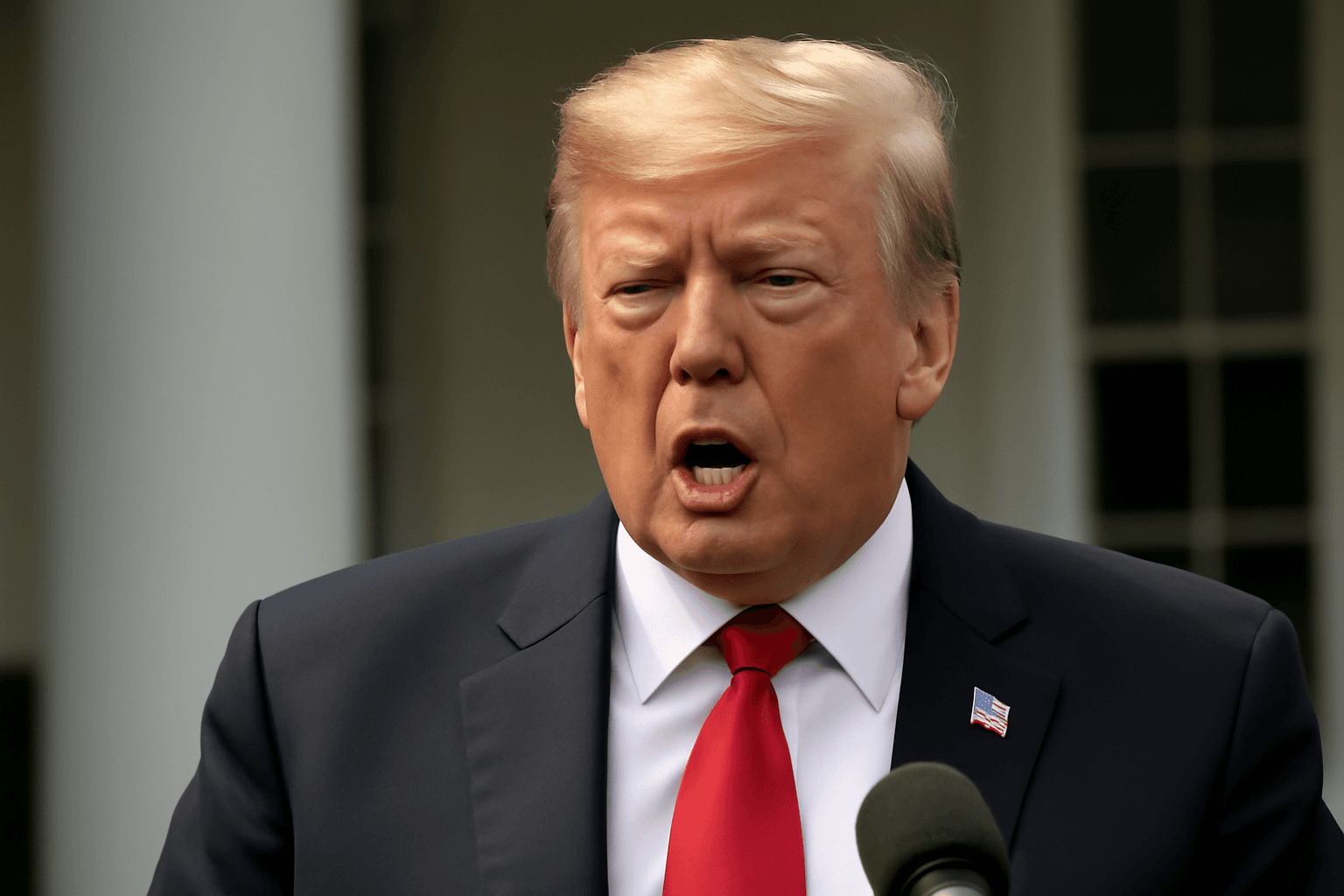Trump Prepares Tariff Letters to Twelve Nations
President Donald Trump announced aboard Air Force One that he has signed letters detailing tariff rates set to be sent to 12 countries. These "take it or leave it" offers are scheduled to be dispatched on Monday, marking a significant move in ongoing global trade tensions.
Details on the Tariffs and Timeline
When questioned about the tariffs, Trump refrained from revealing the countries involved, promising to make the list public alongside the letters. Initially expected to be sent on a recent holiday, the shipments were postponed to Monday.
The proposed tariffs stem from a broader trade conflict disrupting markets worldwide. Back in April, Trump set a baseline tariff of 10% for imports, with some countries facing rates as high as 50%. However, these additional tariffs were temporarily suspended for 90 days to allow for negotiations.
With the deadline set for July 9 quickly approaching, Trump indicated that tariffs could now climb as high as 70%, with many scheduled to take effect on August 1.
A Shift in Trump’s Trade Negotiation Approach
The White House initially aimed to negotiate tariffs with scores of countries but has recently shifted toward a firmer stance due to setbacks with major partners like Japan and the European Union. Trump commented on this change, stating, "The letters are better ... much easier to send a letter."
This pivot reflects the difficulty of forging comprehensive trade agreements under tight deadlines. Historically, such deals often require years of negotiation, covering tariffs and non-tariff barriers including agricultural bans.
Progress and Challenges in Trade Deals
- United Kingdom: Agreed in May to maintain a 10% tariff rate, securing preferential terms for sectors like autos and aircraft engines.
- Vietnam: Achieved a tariff reduction to 20% from an earlier proposed 46%, with several U.S. exports receiving duty-free access.
- India and European Union: Prospective deals have stalled, with EU officials hinting at maintaining the current tariff structure to prevent escalation.
Looking Ahead
The administration’s move to send finalized tariff letters highlights the increasing tension as the July deadline nears. Whether broader, more comprehensive trade agreements will emerge remains uncertain amid the ongoing challenges.

